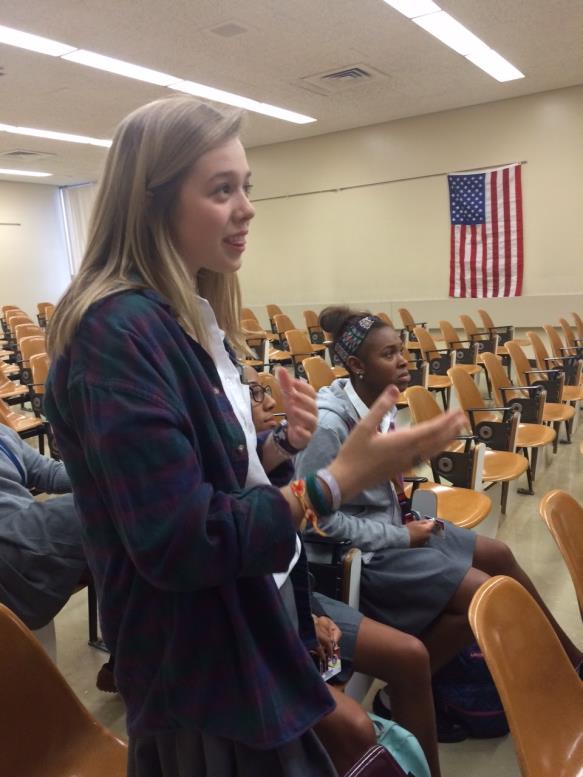Culture is not a costume
As Halloween and costume shopping approaches, it’s important to take cultural appropriation into consideration when choosing a costume. Cultural appropriation is a sociological concept defined as accepting the careless adoption or use of elements of one culture by the members of another– usually more powerful– culture, which reflects the appropriated culture in a negative light. In simple terms, it is the disrespect or alteration of another culture without understanding it.
Cultural appropriation was the topic of the Black Awareness Society for Education (B.A.S.E.) meeting on Oct. 15. Both cultural appropriation and cultural appreciation were defined and discussed. Students gave their views of each based on images presented to them. One image was of a Marc Jacobs model wearing her hair in the bantu knot style. Marc Jacobs called them “twisted mini-buns” and made it appear that he created them, when in actuality bantu knots have been a staple for African-American hair. Most of those attending the B.A.S.E. meeting agreed that was an example of cultural appropriation.
“It crosses the line when [Marc Jacobs] calls it his own,” said senior Lucy Devine. “That’s stealing black culture.”
Another image showed Native American Halloween costumes worn by Caucasian girls. Again, it was agreed that this example counted as cultural appropriation, especially because many of the costumes sexualized the Native American heritage. This led to a conversation about football teams with Native American names and mascots.
“There are football teams that chant Native American religious songs before they go onto the field,” said B.A.S.E. president Arin Bell. “Not only is that cultural appropriation, that’s disrespecting their religion.”
However, there is a thin line between appropriation and appreciation. Cultural appreciation is recognizing the beauty and uniqueness of other cultures. On Youtube, a Caucasian female made a video called “How to make straight hair into Afro hair tutorial”, in which she went through a process to turn her straight hair into the popular African-American afro style. Some B.A.S.E. members believed the video was appropriation and others called it appreciation. The question the B.A.S.E. board posed is: where do we draw the line?
“The line is drawn when you take someone’s culture and turn it negative, like calling it ‘ghetto’ and making fun of it,” said sophomore Danielle McClain. “If you recognize the significance of another culture and respect it, that’s appreciation.
The popular trend of henna was brought up. One student from Africa spoke about how henna is traditional in Nigeria, her native country, and she didn’t view wearing henna as cultural appropriation as long as the wearer recognizes the symbolism that goes along with it. Counselor Mrs. Arpna Hessler agreed with the student and told how she can tell the difference between henna that is used across religions such as Hinduism and Islam.
“Bindi is beautiful and I love it when other people recognize its natural beauty,” said Mrs. Hessler. “But it offends me when girls have on skimpy bras and skirts hanging off their bodies portraying Indian culture.”
This Halloween, when picking out a costume, go for something that doesn’t twist another culture in a way that is negative. The girls of B.A.S.E. concluded that if you notice a costume which could be considered cultural appropriation, let the wearer know that his or her costume is offensive, and explain why.

